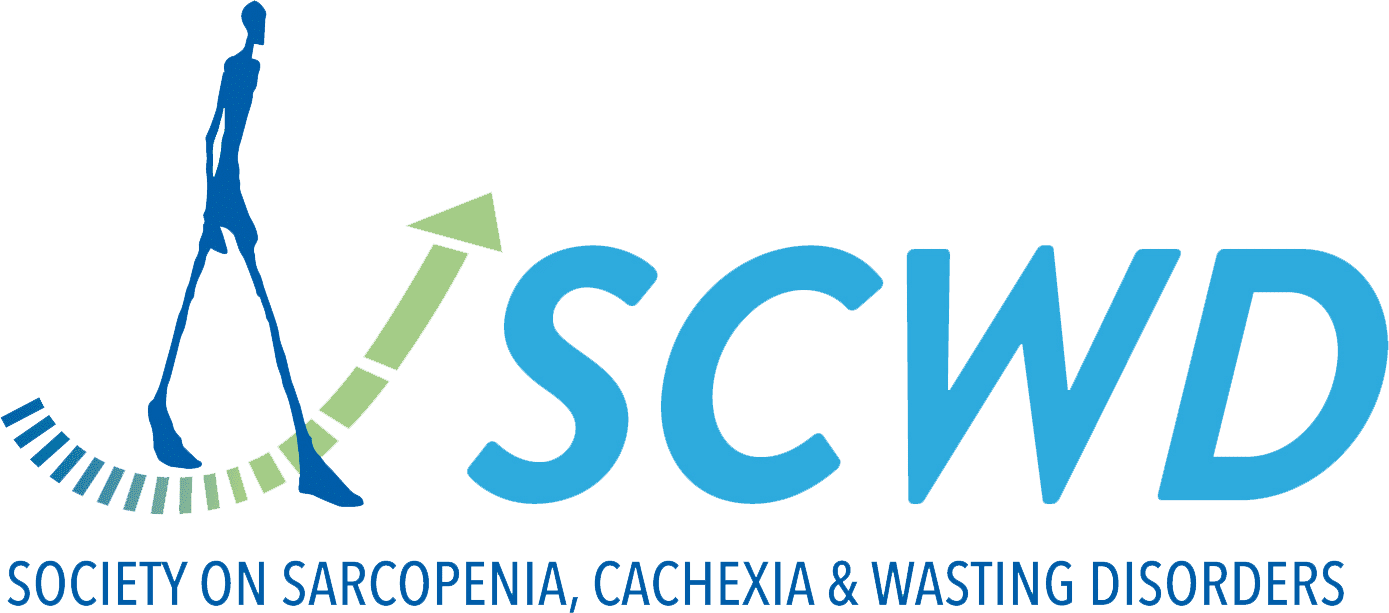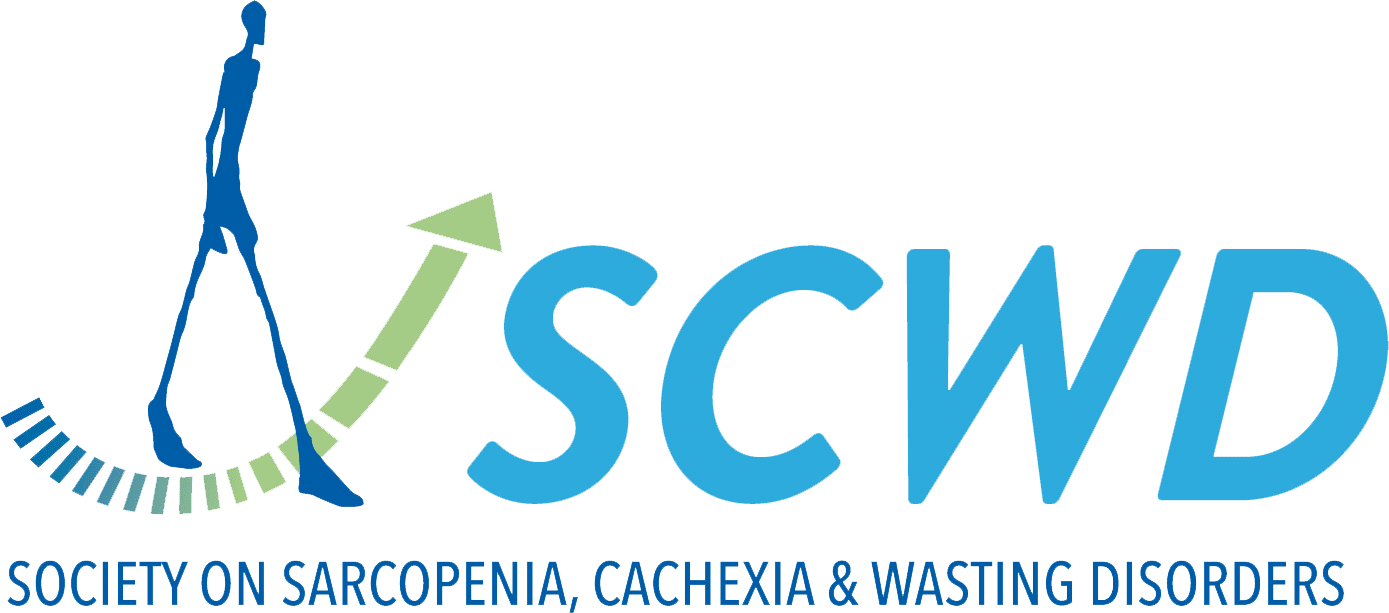👤 Authors: Andrea Tryfonos, Gustav Jörnåker, Håkan Rundqvist, Kaveh Pourhamidi, Michael Melin, Helena Wallin, Filip J Larsen, Spyridon Pantelios, Anders P Mutvei, Veronika Tillander, Uwe J F Tietge, Sergio Perez Diaz, Douglas Crafoord, Alen Lovric, Rodrigo Fernandez-Gonzalo, Eric Rullman, Per Stål, Thomas Gustafsson, Helene Rundqvist, Tommy R Lundberg
Muscle Abnormalities in Nonhospitalised Patients With Post-COVID-19 Condition.
Post-COVID condition (PCC) affects ~10% of SARS-CoV-2-infected individuals and manifests as persistent symptoms such as fatigue, exercise intolerance and muscle weakness. This study aimed to assess the skeletal muscle of these patients and compare them with healthy controls.
Biopsies were obtained from the vastus lateralis muscle of 28 nonhospitalised PCC patients without concomitant diseases (75% women, mean age 46.4 ± 10.4 years) and 28 age- and sex-matched healthy controls (79% women, mean age 46.6 ± 8.7 years). The analysis included morphological and pathological alterations, fibre type composition, fibre cross-sectional area, capillarisation, number of myonuclei, presence of developmental myosin, CD68 + cells, macroautophagy markers, mitochondrial respiration, lipidomics and RNA sequencing.
PCC patients, compared to controls, had a higher percentage of angulated fibres (median [IQR] 0.43 [0.00-3.20] vs. 0.00 [0.00-0.00]; p < 0.001), small, rounded fibres (0.21 [0.00-1.20] vs. 0.00 [0.00-0.00]; p < 0.001) and fibres expressing fetal myosin (0.26 [0.00-1.15] vs. 0.00 [0.00-0.17]; p = 0.015). Semiquantitative analysis showed nuclear clumps (18/27, 66.6%), hypertrophic fibres (9/27, 33.3%) and fibrosis (22/27, 81.4%) in PCC patients.
Fibre cross-sectional area was significantly lower in PCC patients (4031 ± 1365 vs. 4982 ± 1463 μm 2; p = 0.018), largely driven by differences in type 2 fibre size (3533 ± 1249 vs. 4275 ± 1646 μm 2; p = 0.068) than type 1 fibre size (4553 ± 1422 vs. 4932 ± 1380 μm 2; p = 0.325). There was a significantly lower number of myonuclei per fibre in PCC (3.4 ± 1.1 vs. 4.1 ± 1.0; p = 0.012), but no difference in the presence of CD68 + per fibre (0.28 ± 0.15 vs. 0.22 ± 1.0; p = 0.115).
No group differences were observed in macroautophagy markers LC3B (0.0032 ± 0.0007 vs. 0.0030 ± 0.0006; p = 0.232) or p62 (0.0072 ± 0.0023 vs. 0.0079 ± 0.0016; p = 0.814). Capillary-to-fibre ratio in PCC patients was lower for both type 1 (2.2 ± 0.7 vs. 2.6 ± 0.9; p = 0.044) and type 2 fibres (1.8 ± 0.6, vs. 2.2 ± 0.8; p = 0.022).
Mitochondrial respiration was 11-28% lower in PCC patients, although not statistically significant. Lipidomics showed a lower number of phospholipids, and RNA sequencing revealed downregulation of eight metabolic pathways, primarily related to oxidative phosphorylation in PCC patients compared to controls (FDR < 0.05).
Nonhospitalised patients with PCC show signs of morphological and pathological muscle changes suggestive of degeneration and regeneration. The smaller overall fibre size, lower number of phospholipids, reduced mitochondrial oxidative capacity and lower capillarisation in these patients may be a consequence of reduced physical activity levels.
The presence of clusters of atrophied angular and round-shaped fibres, signs of inflammation and fibrosis and increased expression of fetal myosin may reflect myopathic and neurogenic post-viral effects. ClinicalTrials.gov Identifier: NCT05445830.


